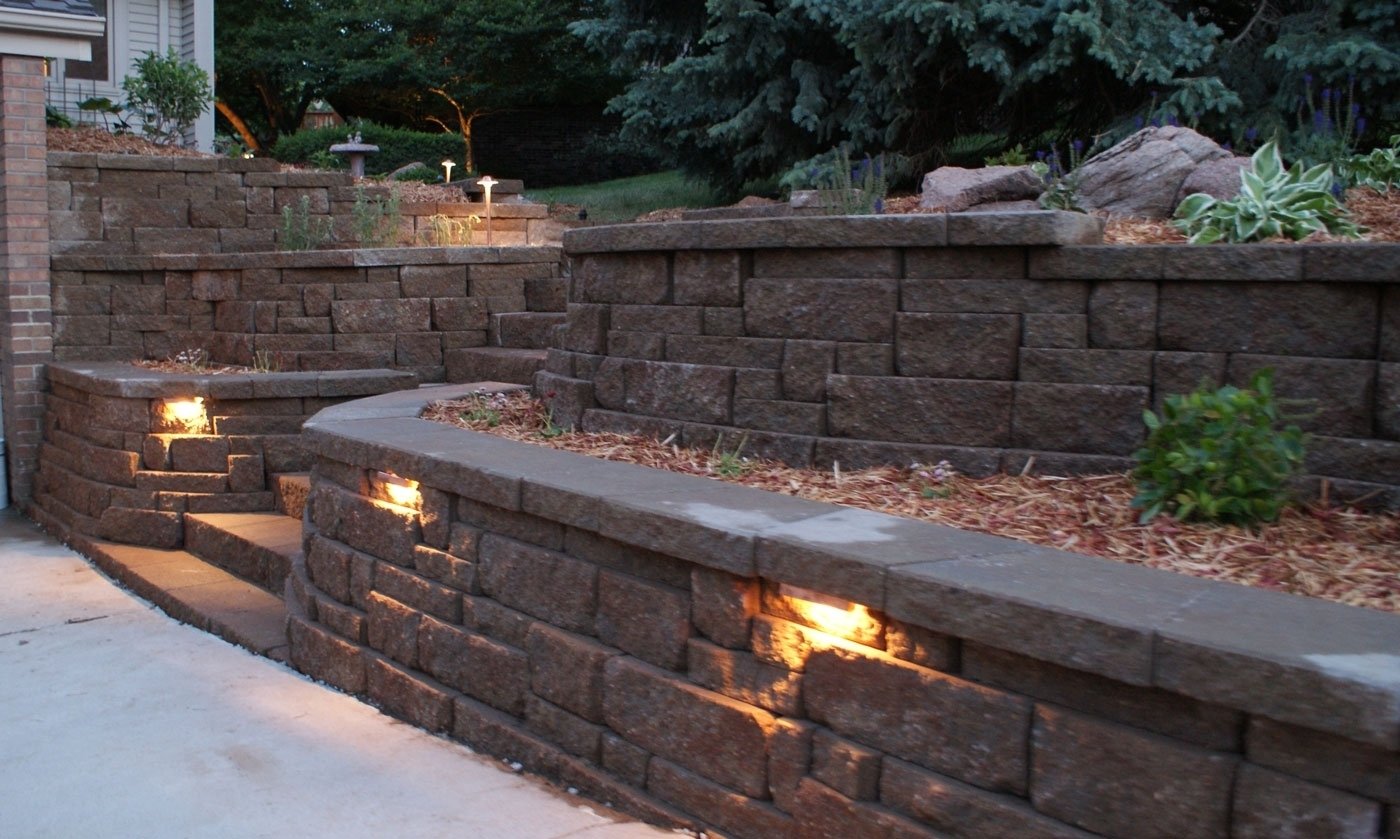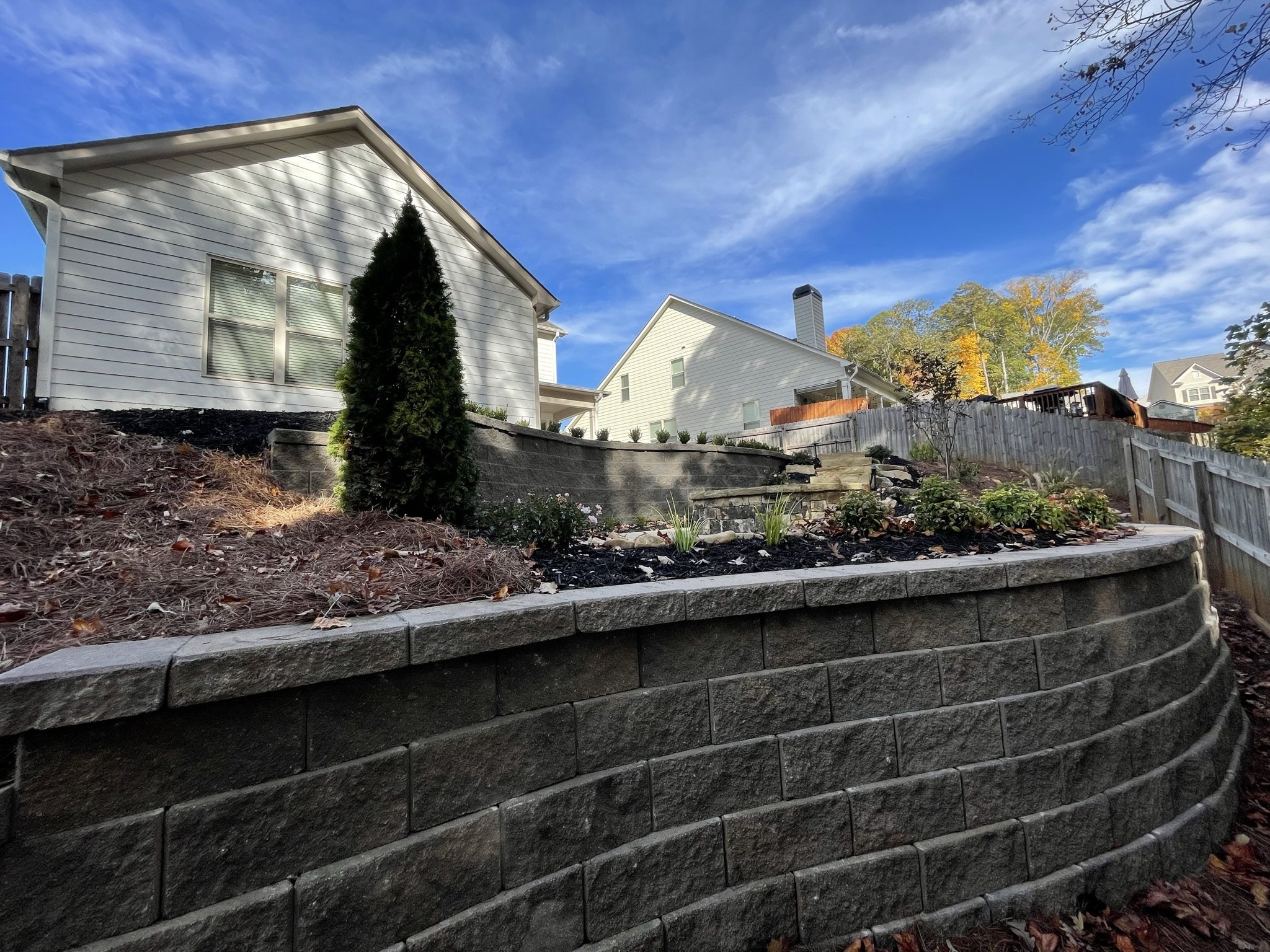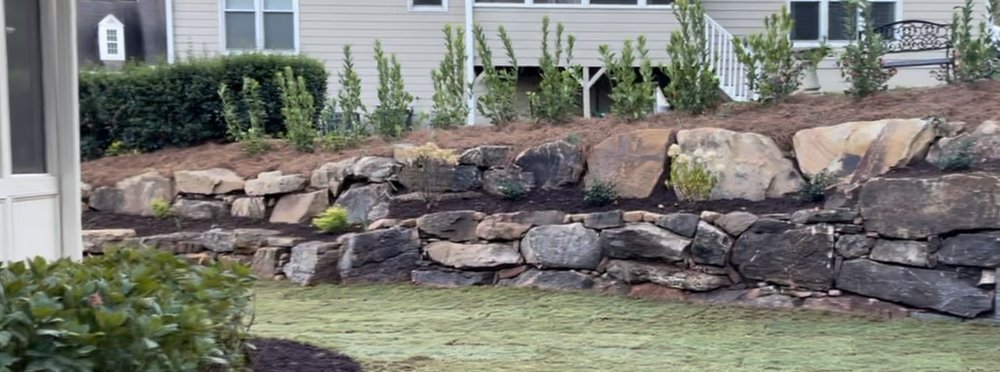
Material Reference Photos
Drainage
6” Catch Basin
12”/18” Catch Basin
Pop-Up Emitter
Catch Basin with Atrium
Boulders
Tennessee Fieldstone- Wall Block
Tennessee fieldstone- Finger Boulders
Tennessee Fieldstone- Garden Boulders
Dry Creek Bedding
River Rock Flats Small
River Rock Weathered
River Rock Pond Mix
River Rock Rounds Medium
Alabama Brown Oversize Stone
Indian Creek 2-6 inch
Mesa Gray Cobble 3-6 inch
Mexican Peach Pebbles
Decorative Gravels
Mini Sleight Chips
Medium Sleight Chips
Cocoa Gravel 1-2 inch
Shot Rock
Crimson Stone #5Indian Creek Pea Gravel 3/8" in.
Alabama Brown 1-2 inch
Crimson Stone #78
Aggregates
#57 stone
Crushed Stone Base
Asphalt Millings
Flagstone
Dry Set
Masonry
Blue + Gray
Beige + Brown
Type:
Color:
Pavers
Avondale
Granite
Linen
Steps
18”x36” / 18”x48” Steppers
Fieldstone Steppers
Modular Block Steps
Fire Pit
Manufactured Block
Masonry
Landscape Lighting
Pathway
Uplight
Bronze or Black Fixtures
Landscape Border
Crab Orchard Bricking
Brown/Beige
Blue/Gray
Steel Edging
Black
Brown
Retaining Wall
Modular Block
Large Thick Stack
Boulder Wall
Timber Wall
































































